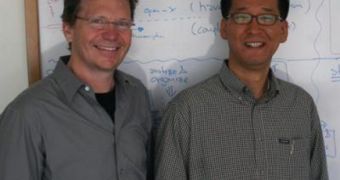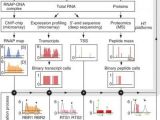Over the past decades, deciphering the human genome has been one of the main endeavors of the scientific community. The first genome sequencing was announced in the mid-1990s, and, since then, experts have been working on mapping the locations of all genes involved in any given process inside the body. This is an extremely cumbersome and difficult task, and one that requires a lot of skill, as well. A new approach to detecting the genes has been published in a recent paper, appearing in the scientific journal Nature Biotechnology.
The paper, entitled “The transcription unit architecture of the Escherichia coli genome,” was written by researchers at the University of California in San Diego (UCSD), and promotes a four-step approach to identifying the desired targets. The main innovation the proposed method brings is the fact that it envisions multiple simultaneous genome-scale measurements, which would work together for providing researchers with the most accurate data possible on the genes.
“What's important about this paper is it now enables us to experimentally annotate genomes. All this information gives us a fine resolution of the contents of a genome and location of its elements. This is a fine blueprint of a genetic makeup of the genome,” UCSD bioengineering professor Bernard Palsson, a coauthor of the paper, says.
“We have been able to use genome scale computational models that have been developed at UCSD under the systems biology program, which have enabled us to compute organism designs with higher resolution or better accuracy, which has not been possible before. It takes a lot of the guesswork out of making an organism. Currently there is extensive trial and error in gene sequencing procedures. Hopefully this 'metastucture' of a genome that we have developed will eliminate that trial and error and will enable us to reach new metabolic designs faster with lower failure rates,” he adds.
There are numerous possible applications that can derive from this work, the expert further mentions, citing, as examples, engineering of microorganisms to make fuels and commodity chemicals. “So far, scientists have been able to make chemicals to kill pathogenic strains but we haven't been as successful as we have wanted to be. By using this newly discovered information we may be able to design better drugs or medicines to kill pathogenic strains. That's the important point of this research – there is a huge amount of applications for this. The E. coli bacteria is just the beginning,” notes UCSD expert Byung-Kwan Cho, the lead author of the journal entry.

 14 DAY TRIAL //
14 DAY TRIAL // 
